…psychedelic origins of indigenous mystical rites – as revealed by archaeology
…things about our relationship with visionary drugs: it’s incalculably old, globally pervasive, and rich with meaning… in 2005, two peyote “buttons” (the crown of the peyote cactus) recovered from Shumla Cave in southwest Texas were radiocarbon dated to 3780-3660 BC. Later analysis by gas chromatography-mass spectrometry detected the naturally occurring psychedelic compound mescaline in both samples. In… 2020, the first unambiguous archaeochemical data finally emerged for the psychedelic origins of cave art. At the so-called Pinwheel Cave in southern California, scientists confirmed the ritual use of datura.
The nascent field of archaeochemistry has convincingly demonstrated Neanderthal use of psychoactive plants like yarrow and chamomile going back 50,000 years. Anthropologist Scott M. Fitzpatrick envisions the early hunter-gatherers of our own species encountering, consuming and experimenting “with a wide array of plants” and fungi — just like their Neanderthal cousins. A generation ago, Terence McKenna famously introduced the Stoned Ape Theory, proposing an evolutionary advantage for a diet of psilocybin-containing mushrooms across the African savannas — not merely hundreds of thousands, but millions of years in our hominin past, prompting the development of proto-language, creativity, and religious insight well before the Neanderthals. Only now are scholars, like paleoanthropologist Lee Berger in South Africa, seriously investigating the bold claim…
Original Article (Big Think):
The wild psychedelic origins of indigenous mystical rites – as revealed by archaeology
Artwork Fair Use: Paolo Gamba


























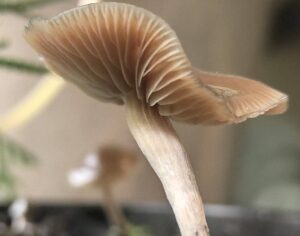








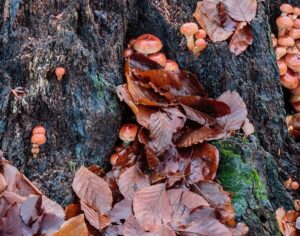








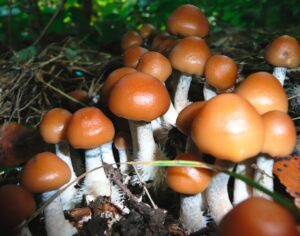













































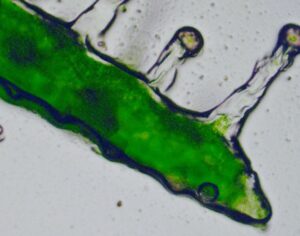




















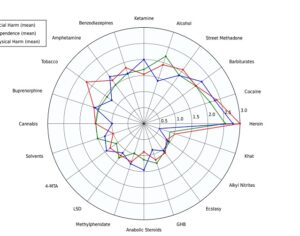

















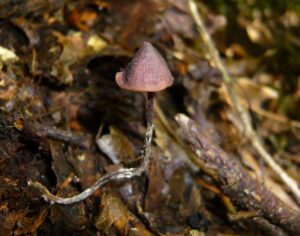
































































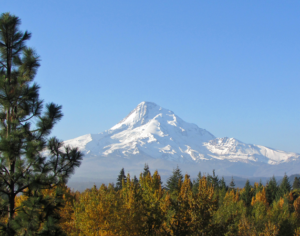








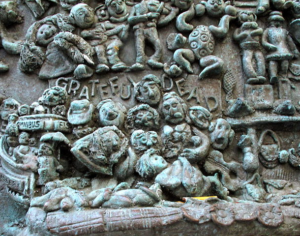





























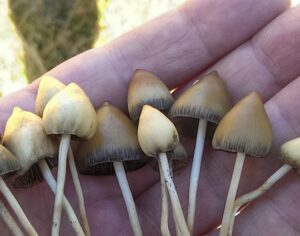












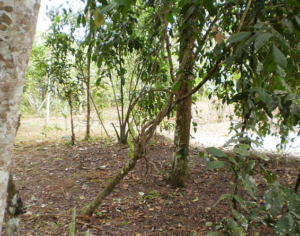










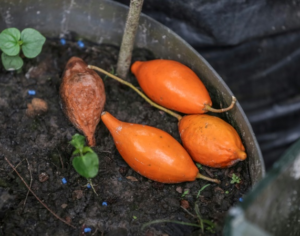




















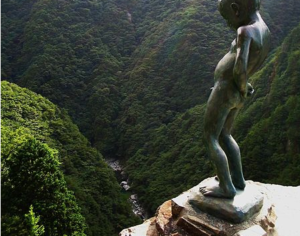





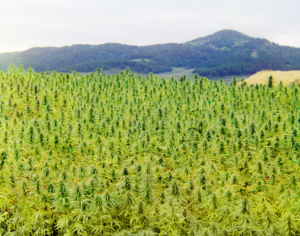

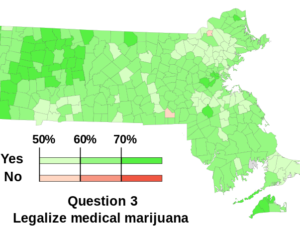

































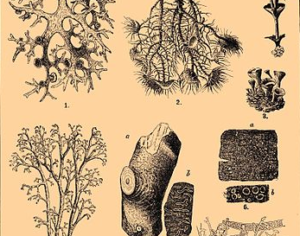





















Recent Comments